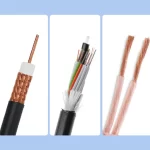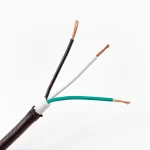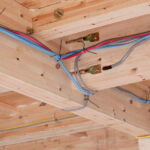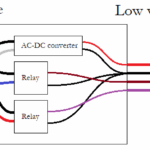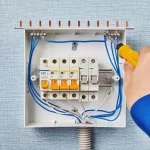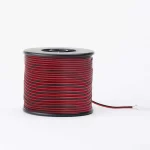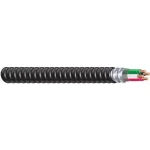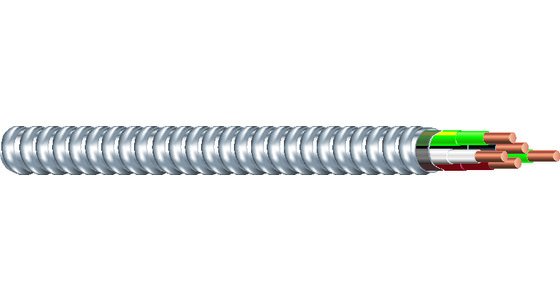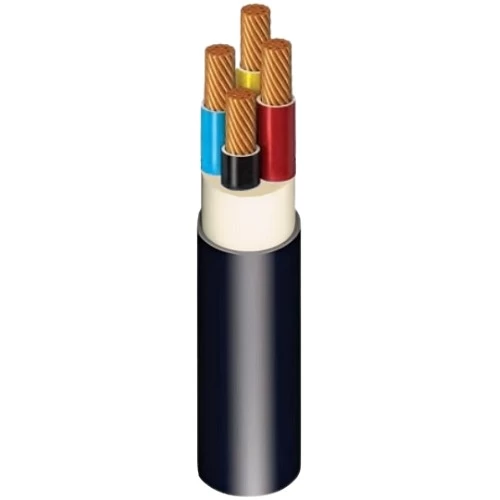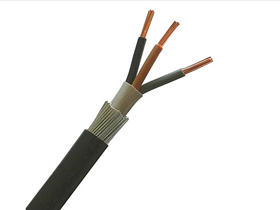If you’ve ever opened an electrical outlet, installed a light fixture, or looked behind an appliance, you’ve probably seen black, white, and green wires. These wire colors aren’t random—they follow a standard color code that tells you exactly how each wire should be used. Understanding what they mean is crucial for homeowners, DIYers, electricians, and anyone working with household wiring.
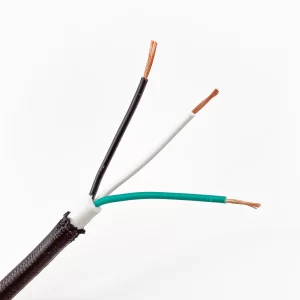
black white and green wires
In this article, we’ll break down:
-
What each wire color represents
-
How to identify them in your home
-
Wiring safety tips
-
Common applications
-
Frequently asked questions
Let’s get started.
What Do Black, White, and Green Wires Mean?
In the U.S. (and many other regions following the NEC - National Electrical Code), wire color codes are standardized. Here’s what black, white, and green wires typically mean:
| Wire Color | Function | NEC Standard? | Typical Use |
|---|---|---|---|
| Black | Hot (Live) | Yes | Carries current to the load |
| White | Neutral | Yes | Returns current to the source |
| Green | Ground (Earth) | Yes | Safety path for fault current |
⚠️ Note: Color codes can vary in older homes or non-standard installations. Always double-check with a voltage tester.
Black Wire: The Hot Conductor
The black wire is the “hot” or “live” wire. It carries electricity from the power source (breaker panel) to switches, outlets, and fixtures. You’ll typically see black wires:
-
In light switches
-
Power outlets
-
Circuit breakers
-
Ceiling fans and lights
⚠️ Caution: Black wires are always energized when the circuit is on. Handle with care.
White Wire: The Neutral Path
The white wire is the neutral. It completes the circuit by carrying current back to the electrical panel.
Neutral wires are essential for:
-
Completing the return path for AC current
-
Balancing electrical loads in multi-wire circuits
-
Providing a return in 120V and 240V systems
Important: In some cases (like switch loops), white wires might be used as hot wires and should be re-identified with black or red tape.
Green Wire: The Safety Ground
The green wire (or bare copper) is for grounding. It doesn’t carry current during normal operation, but:
-
Protects people and equipment during a fault
-
Redirects electricity safely to the earth
-
Prevents electric shock hazards
You’ll see green wires in:
-
Outlets and receptacles
-
Grounded appliances
-
Junction boxes
-
Panels and subpanels
Common Applications Involving Black, White, and Green Wires
-
Electrical Outlets
-
Black = hot
-
White = neutral
-
Green = ground
-
-
Light Switches
-
Single-pole: Black goes to switch, white bypasses
-
Three-way: Often uses black and red for hots, white for neutral
-
-
Appliances
-
Plug-in cords typically use:
-
Black or red = live
-
White = neutral
-
Green or bare = ground
-
-
-
Extension Cords
-
Follow the same color codes inside
-
-
240V Circuits
-
Usually two hot wires (black and red)
-
May still have white and green for neutral and ground
-
Safety Tips When Working With Electrical Wires
-
Always turn off the breaker before working
-
Use a non-contact voltage tester before touching wires
-
Confirm wire function if colors look non-standard
-
Use wire connectors or terminal blocks properly
-
Follow local electrical codes or hire a licensed electrician
FAQs About Black, White, and Green Wires
Q: Can black and white wires be switched?
A: No. Black is hot; white is neutral. Reversing them can be dangerous and may damage appliances.
Q: What happens if the green wire is not connected?
A: The device may still function, but without grounding, there’s a risk of shock or fire during faults.
Q: Is it safe to bundle black and white wires together?
A: Only if they’re part of the same circuit. Otherwise, keep circuits isolated to prevent overloading or code violations.
Conclusion: Know Your Wires Before You Touch Them
Understanding the meaning of black, white, and green wires is foundational to safe and effective electrical work. Whether you’re replacing an outlet, wiring a fixture, or just curious, these colors tell a clear story about how electricity flows.
For safety and peace of mind, always follow code, use the right tools, and don’t hesitate to consult a professional.
Need Electrical Wiring Supplies or Help?
Whether you're looking for high-quality copper wires, THHN/THWN wire, or full cable assemblies, our team at TOT Wire & Cable can help. We offer competitive pricing and reliable quality—ideal for electricians, contractors, and DIYers alike.
📞 Contact us today for bulk wire orders or technical advice!

